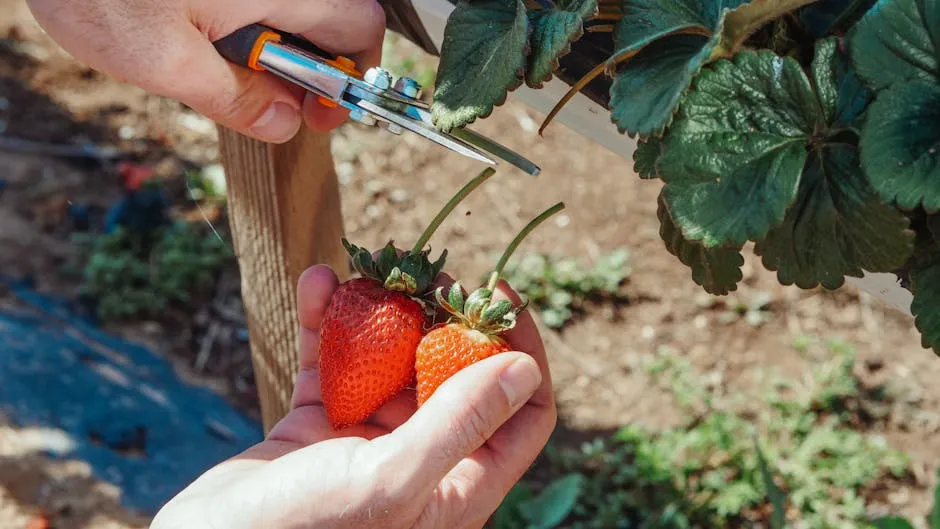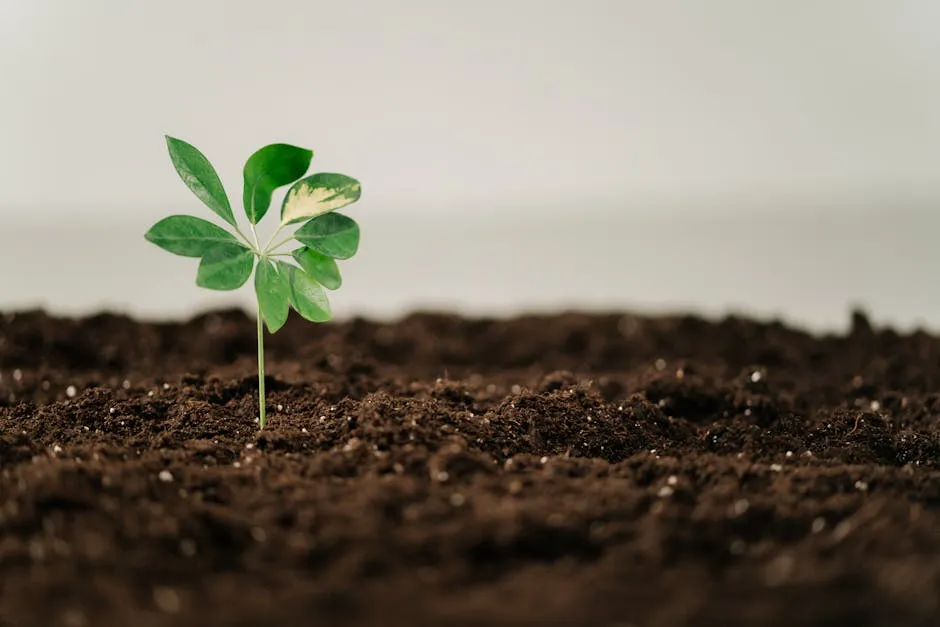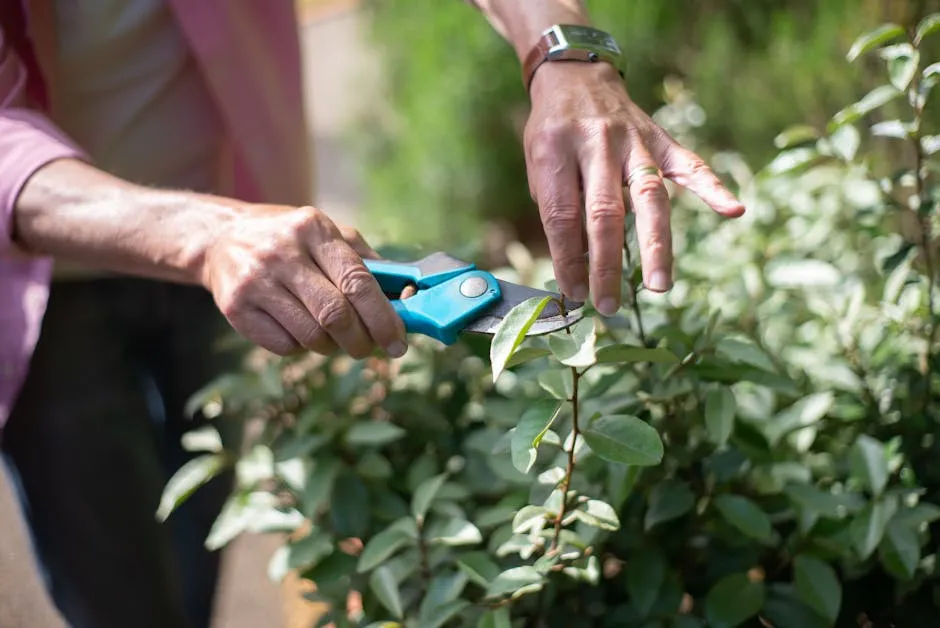

The Ultimate Guide to Shuksan Strawberry Plants: Tips for Growing and Caring
Introduction
Are you looking to elevate your garden with delicious strawberries? Shuksan strawberry plants are a fantastic choice. Known for their cold hardiness, these plants thrive in various climates. They produce large, sweet berries perfect for fresh eating or making preserves. This guide aims to help you grow and care for Shuksan strawberry plants effectively.
Before diving deep into the strawberry world, consider investing in a Gardening Tools Set. This handy kit will make your planting and maintenance a breeze, ensuring you have everything you need to dig in and get your hands dirty!
Summary and Overview
Shuksan strawberries hail from the great Northwest, named after the stunning Mt. Shuksan. This variety is renowned for its vibrant, dark red berries that are large and firm. Not only are they incredibly sweet, but they also offer great versatility. You can enjoy them fresh, turn them into jams, or use them in baking.
These strawberries are adaptable to different soil types and climates. They flourish in USDA hardiness zones 4 to 9. Home gardeners love them, especially for container gardening, due to their manageable size and high yield. If you’re keen on enhancing your soil quality, consider using Organic Fertilizer for Garden. It’s a game-changer for boosting plant health and yield!

Container gardening is a great way to maximize space and grow your favorite plants. Learn more about container gardening ideas for small spaces.
In this article, we will cover everything from ideal growing conditions to pest management. Let’s get started!
Growing Shuksan Strawberry Plants
Best Growing Conditions
To grow healthy Shuksan strawberries, prioritize full sun exposure. Aim for at least six to eight hours of sunlight each day. This light is crucial for sweet, flavorful fruit.
Next, focus on soil quality. Shuksan strawberries prefer well-drained soil with a pH level between 6.0 and 7.0. Conduct a soil pH testing to ensure your garden meets these requirements. This variety is forgiving but thrives best in optimal conditions. To make this process easier, consider getting a Soil pH Tester. It’s a small investment that can lead to big results!

Understanding soil pH is essential for optimal plant growth. Check out this comprehensive guide on soil pH testing and adjustment for optimal plant growth.
Water is another key factor. Strawberries need about one inch of moisture each week. Proper watering ensures healthy growth and maximum yield. To make watering easier, a Garden Hose with Sprayer can be a lifesaver, allowing you to water your plants efficiently!
Before planting, check your garden conditions to ensure they align with these needs. Happy gardening!
Planting Guide
Ready to plant your Shuksan strawberries? Here’s a step-by-step guide to get you started.
- Choose Your Location: Pick a sunny spot with well-drained soil.
- Prepare the Soil: Amend the soil to achieve a pH between 6.0 and 7.0.
- Spacing: Space plants 12 inches apart in rows that are 3 to 4 feet apart.
- Timing: Plant in early spring after the last frost for best results. This variety thrives in hardiness zones 4 to 9.
When planting, ensure the crown (the top part of the root) is just above the soil surface. This helps prevent rot and promotes healthy growth.
Prepare your garden or containers now, and you’ll soon enjoy the fruits of your labor! For those tricky gardening moments, consider a pair of Gardening Gloves to keep your hands protected!

Caring for Shuksan Strawberries
Watering and Fertilization
Shuksan strawberries thrive with consistent watering. Aim for about one inch of moisture weekly. This helps the plants grow strong and ensures large, sweet berries. Too little water can lead to smaller yields. During dry spells, increase your watering frequency.
Using organic fertilizers is beneficial. They enrich the soil and promote healthy growth. Consider applying a balanced fertilizer during the growing season. Regular feeding can improve fruit quality and yield. For best results, think about a Strawberry Plant Fertilizer designed specifically for these delightful berries!

To keep your strawberries thriving, set a reminder to check the moisture levels in your garden. A little attention goes a long way!
Pruning and Maintenance
Pruning your Shuksan strawberries is crucial for health and productivity. Remove dead leaves and any overcrowded growth. This practice encourages airflow and reduces disease risk.
The best time to prune is in early spring before new growth begins. By doing this, you’ll boost fruit production significantly. Studies show that well-maintained plants can produce up to 20% more fruit.
Schedule a pruning session in your garden calendar. This small task can lead to a big harvest down the road! And don’t forget to keep your garden organized with Plant Labels for Garden to easily identify your crops!

Harvesting Shuksan Strawberries
When and How to Harvest
Timing is essential when harvesting Shuksan strawberries. You’ll want to pick them at peak ripeness for the best flavor. Look for vibrant, dark red berries that are firm to the touch. If they feel soft or are turning a lighter shade, wait a bit longer. Generally, strawberries ripen in late June, making it the perfect time to plan your harvesting days.
When picking, use gentle methods to avoid damaging the fruit. Hold the stem and twist slightly while pulling. This ensures you get the berry without harming the plant. Aim for an average yield of about one quart of berries per plant. With proper care, your Shuksan strawberry plants will reward you with a bountiful harvest!

So, mark your calendar and get ready for some delicious strawberries. Happy harvesting! And for those who love to preserve their harvest, a set of Mason Jars for Preserving is a must-have!
Uses for Shuksan Strawberries
Culinary Applications
Shuksan strawberries are incredibly versatile in the kitchen. You can enjoy them fresh, straight from the garden. Their sweet flavor makes them a perfect addition to breakfast smoothies or yogurt. Speaking of smoothies, a Portable Blender for Smoothies can help whip up delicious drinks in no time!

Consider making preserves or jams to savor the taste throughout the year. These strawberries also shine in baked goods. A classic strawberry shortcake, made with rich cream and flaky biscuits, is a must-try! For those who love baking, a Silicone Baking Mat can make your baking experience cleaner and more enjoyable!
Nutritionally, strawberries are a powerhouse. They are rich in vitamin C and antioxidants, making them a healthy treat.

Do you have a favorite way to use fresh strawberries? Share your go-to recipes in the comments! You might also want to consider a Smoothie Recipe Book to inspire your next creation!
FAQs
What are Shuksan strawberries?
Shuksan strawberries are a popular variety known for their large, dark red berries. They are sweet and perfect for fresh eating or making preserves. This variety is cold hardy and disease resistant.
How do I care for Shuksan strawberry plants?
Caring for Shuksan strawberries involves regular watering, fertilizing with organic options, and pruning dead leaves. Maintaining good soil health is key to their success.
When do Shuksan strawberries ripen?
Shuksan strawberries typically ripen in late June. Keep an eye on the berries for vibrant color and firmness to know when to harvest.
Can Shuksan strawberries be grown in containers?
Yes, Shuksan strawberries are ideal for container gardening. Their manageable size and high yield make them perfect for patios or small spaces.
What pests should I watch out for when growing Shuksan strawberries?
Common pests include slugs and aphids. Use organic pest control methods and regularly inspect your plants to manage these issues effectively.
Caring for Shuksan Strawberries
Watering and Fertilization
How much water do Shuksan strawberries need? Aim for about one inch of moisture weekly. This consistent watering keeps your plants strong and helps produce large, flavorful berries. Did you know that insufficient water can lead to smaller yields? During dry spells, be sure to increase your watering frequency.
What about fertilizer? Using organic fertilizers is a smart choice. They nourish the soil and support healthy growth. A balanced fertilizer can be applied during the growing season. This regular feeding can significantly enhance your fruit quality and overall yield. If you’re looking for something to help with that, check out an organic Compost Tea Maker for a nutrient boost!

To keep your strawberries thriving, set a reminder to check moisture levels. A little attention can make a big difference in your strawberry harvest!
Pruning and Maintenance
Why is pruning important for Shuksan strawberries? Pruning helps maintain plant health and boosts productivity. Start by removing any dead leaves and crowded growth. This practice encourages better airflow and reduces the risk of diseases.
When should you prune? Early spring is the best time, right before new growth begins. Research shows that well-maintained plants can yield up to 20% more fruit.
Consider scheduling a pruning session in your gardening calendar. This small task can lead to a bountiful harvest in the future! And if you love to take care of your plants, a Gardening Apron can keep your tools handy and your clothes clean!

Please let us know what you think about our content by leaving a comment down below!
Thank you for reading till here 🙂
All images from Pexels



